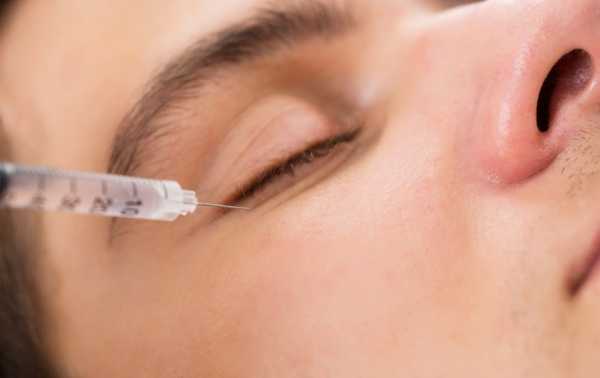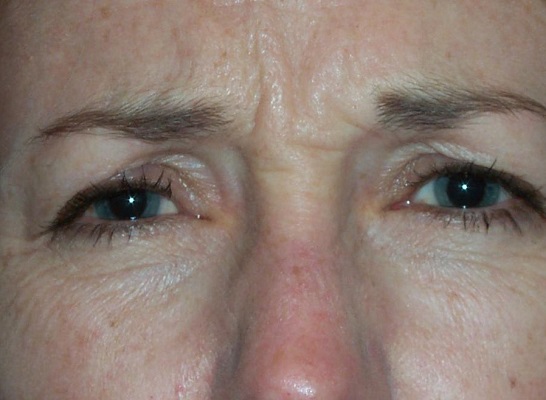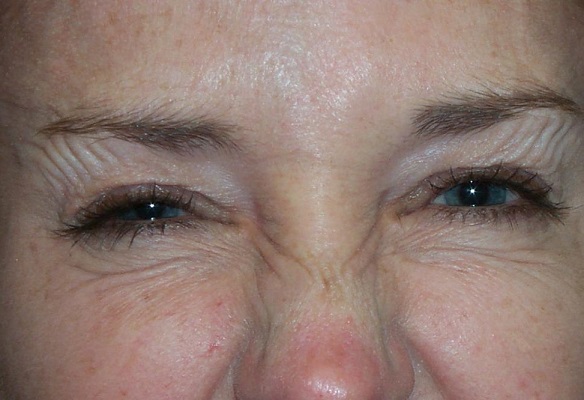
Botox Injection for eye wrinkles
Botox, also known as botulinum toxin type A, is derived from the bacteria “Clostridium botulinum” which causes a condition called “Botulism”. The toxin is used to temporarily reduce muscle activity by blocking the nerves that contract the muscles.
Benefits of Botox Injection
Botox is used to treat certain eye conditions such as blepharospasm (uncontrolled blinking/twitching of the eyelids) and strabismus (crossed eyes). It helps to address the discomfort and vision issues.


Other indications of Botox
It is used to treat muscle spasms/stiffness in the neck and limbs, excessive underarm sweating, and overactive bladder. It also used to relieve pain for people suffering from chronic migraine.
Botox is also used for cosmetic purposes. It is being used to reduce the appearance of facial wrinkles—around the corners of the eyes and creases on the forehead. Some may also advise the use of Botox to correct asymmetry of the eyelids and eyebrows.
How Botox injection is used
A certified healthcare professional will inject the toxin into the muscle when treating eye conditions and wrinkles. Dose and frequency of botox injection for eye wrinkles will vary depending on the condition and the client’s response to treatment. Remember that Botox is not a cure and the effect is temporary.
Most people start to notice the effect from few days to about 2 weeks. If being used for eye muscle spasm symptoms, it may take as short as 1-3 days to start seeing improvement. The effect of Botox may last for 3-6 months. Repeated injections might extend the effect of Botox especially if the body develops antibodies to the toxin.
Side Effects of Botox Injection
The toxin in Botox can spread in other areas beyond where it was injected. This can result in more serious reactions. It is advised not to rub the injected area following treatment. Contact your doctor if any side effects occur.
Possible Side Effects of Botox
Bruising and/or bleeding at the site of injection
Swelling of lids
Blurring of vision
Eye irritation and dryness
Drooping of eyelids
Headache
Dry mouth
These side effects are less common but are important reactions to take note of when receiving Botox injection regardless of the site and dose:
Double vision
Difficulty in breathing
Difficulty in speech and swallowing
Hoarseness of voice
Unusual weakness in the muscles
Flu-like symptoms
Precautions:
Only take Botox injections from certified practitioners.
Avoid Botox injections if you are allergic to botulinum toxin.
Inform your doctor if you’re pregnant, planning to be pregnant, or breastfeeding a baby.
Inform your doctor if you have any bleeding issues or you’re using any blood-thinning medications.
Inform your doctor if you underwent any surgery or planning to.
Inform your doctor if you are having any neurological or heart condition.
Inform your doctor if you had any previous treatment using botulinum toxin product.
Botox may impair your vision, be careful when driving. Avoid activities that require clear vision until your vision stabilizes.
Botox treatment should be avoided if infection or any other condition is currently affecting the target area.


